Programming Assignment 1
1. 选择题
1. 「C」
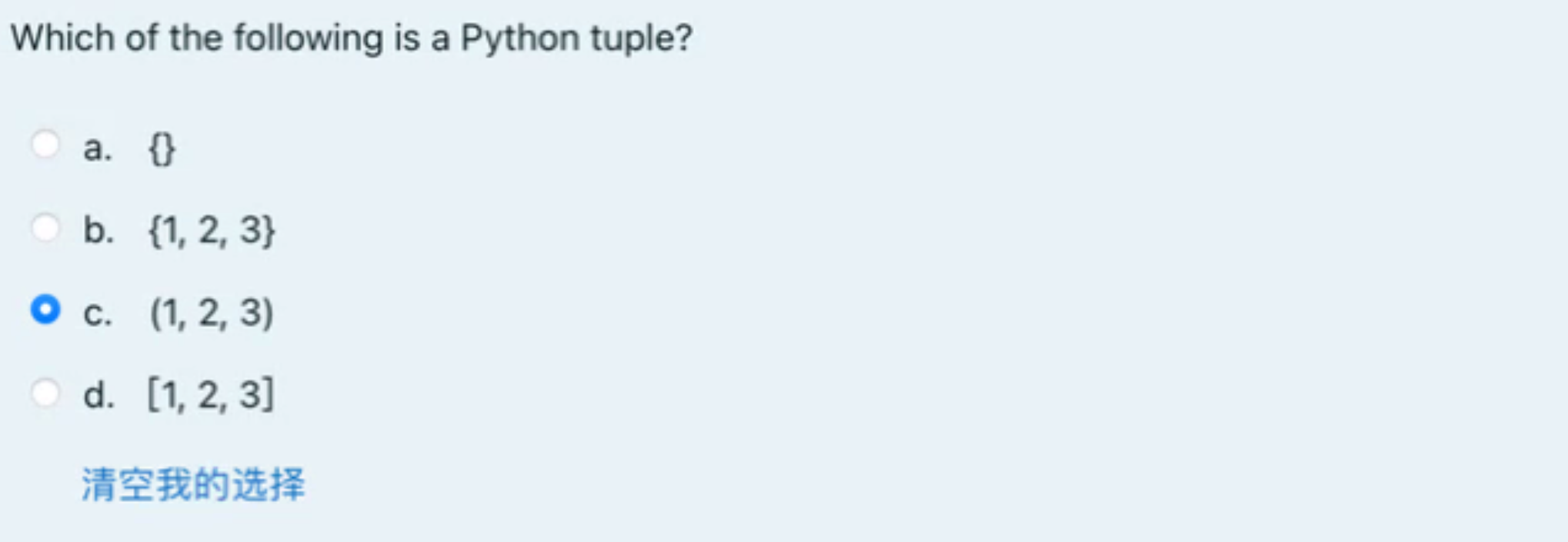
2. 「B」
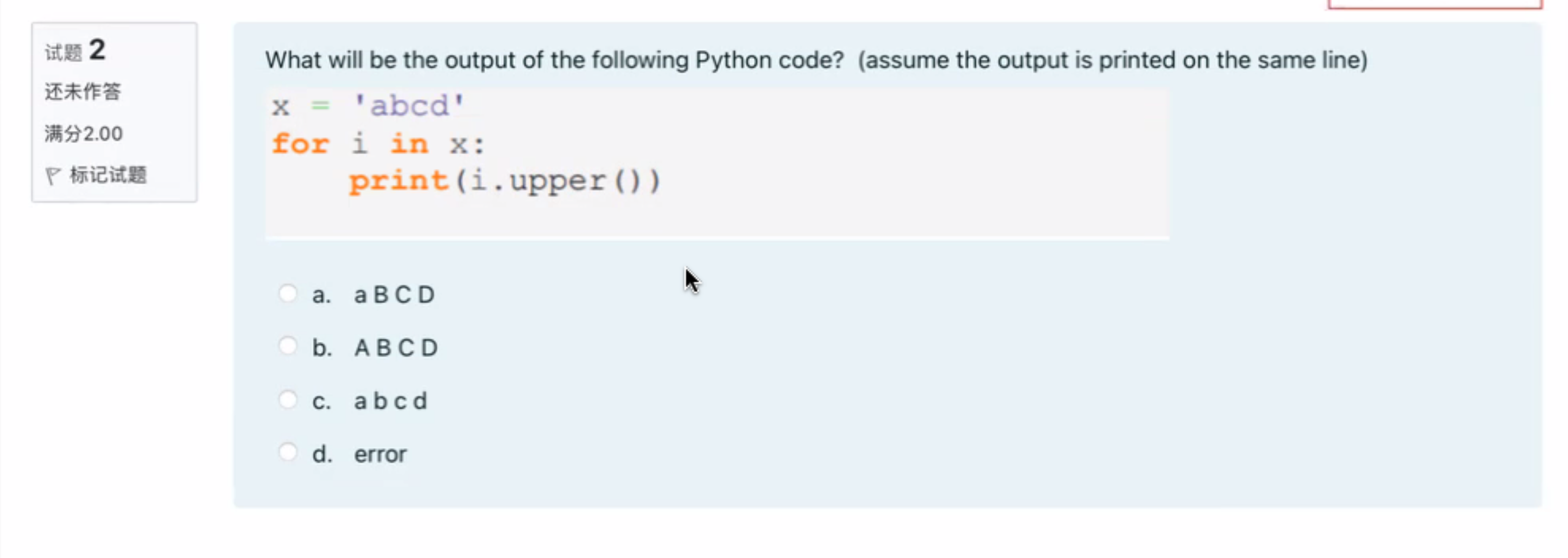
3. 「D」

4.「C」

5.「D」

6.「B 」

7. 「C」

8. 「A」

9. 「A」

10. 「B」

11. 「A」

12. 「C」

13. 「D」

14. 「D」

15. 「C」
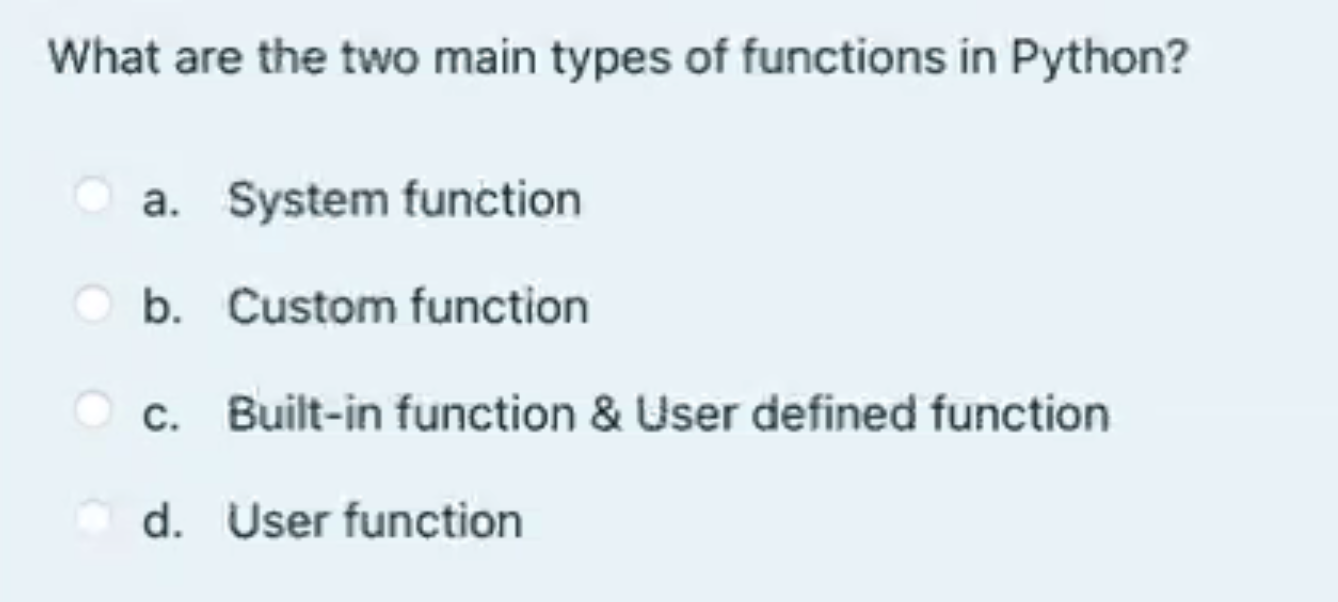
16.「A」
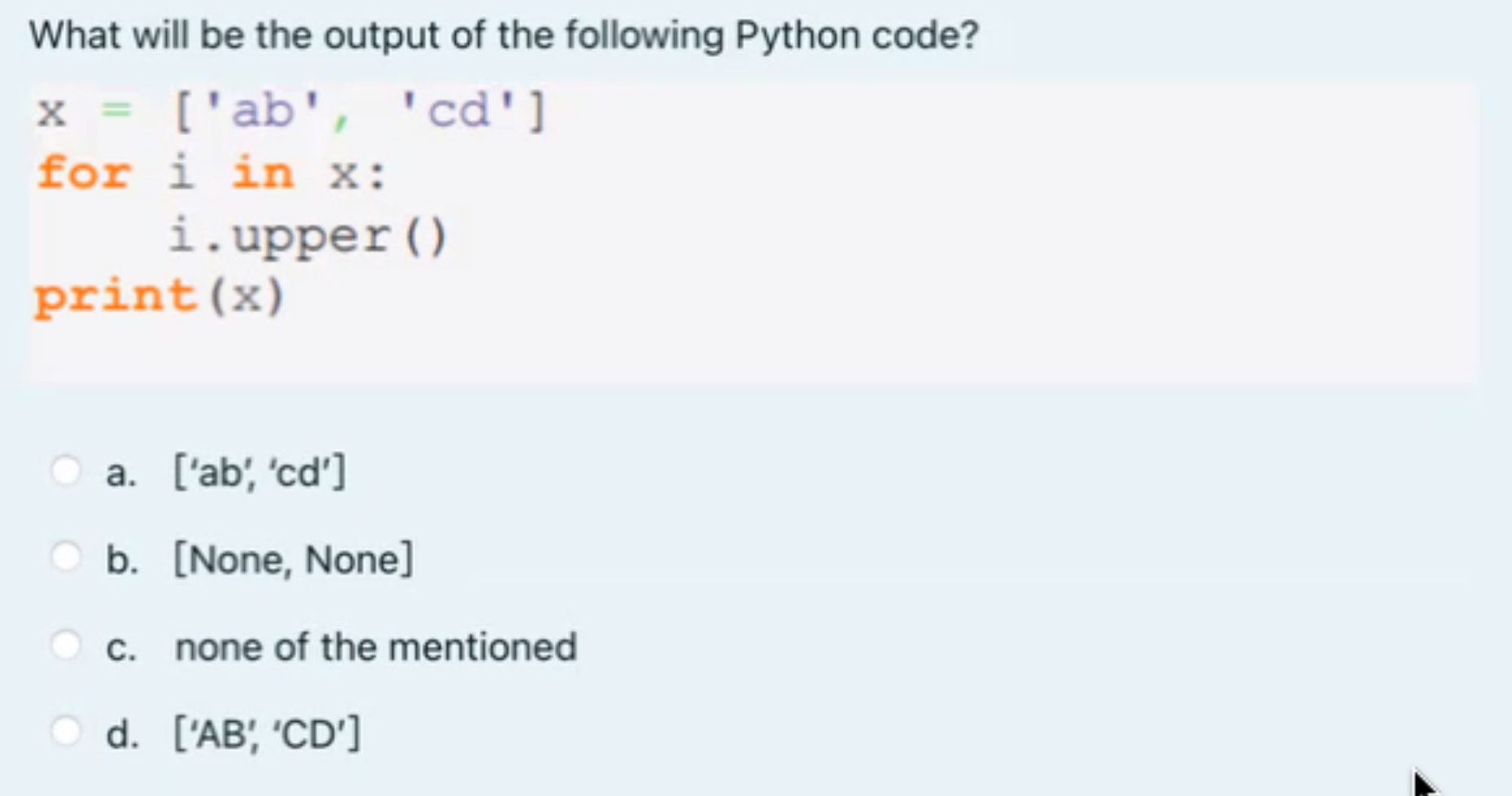
17. 「B」
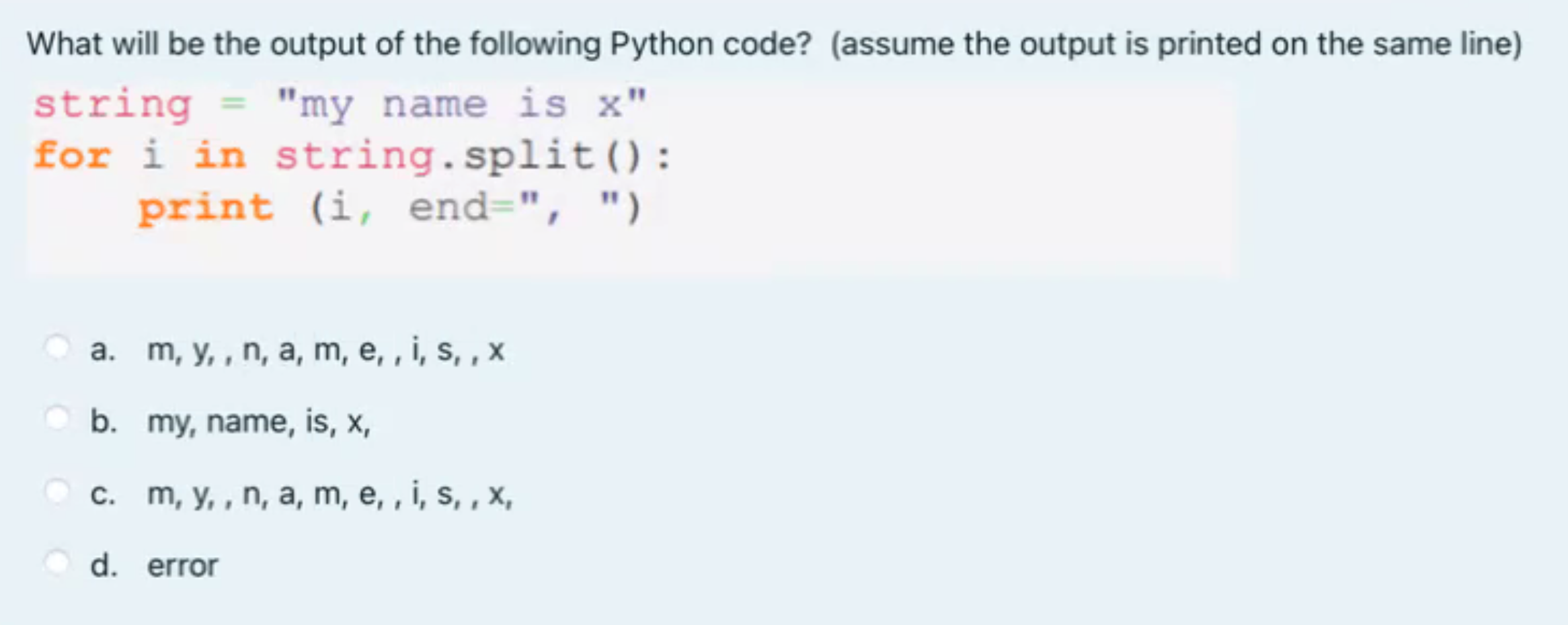
In [13]: for i in s.split():
...: print(i, end=", ")
...:
my, name, is, x,18. 「C」
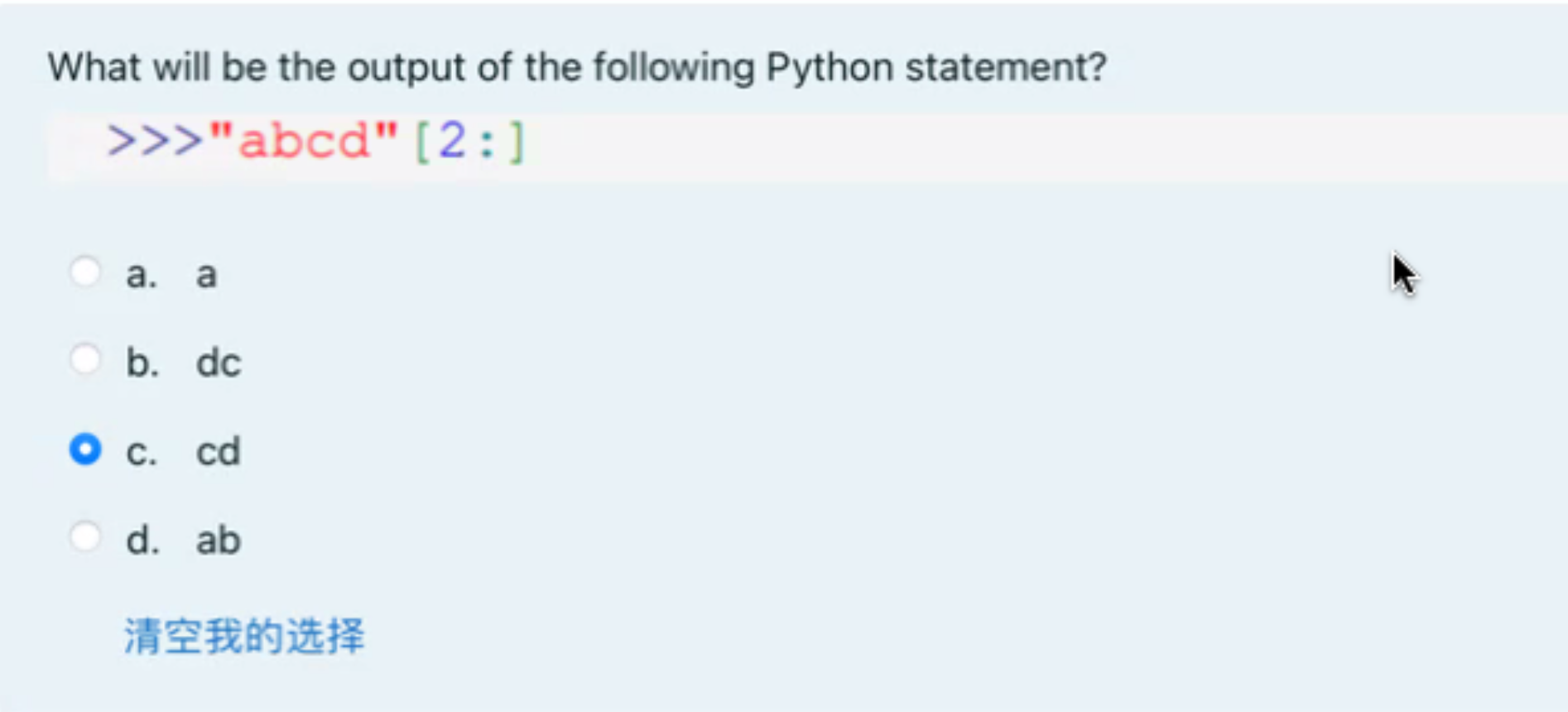
In [14]: "abcd"[2:]
Out[14]: 'cd'19. 「B」
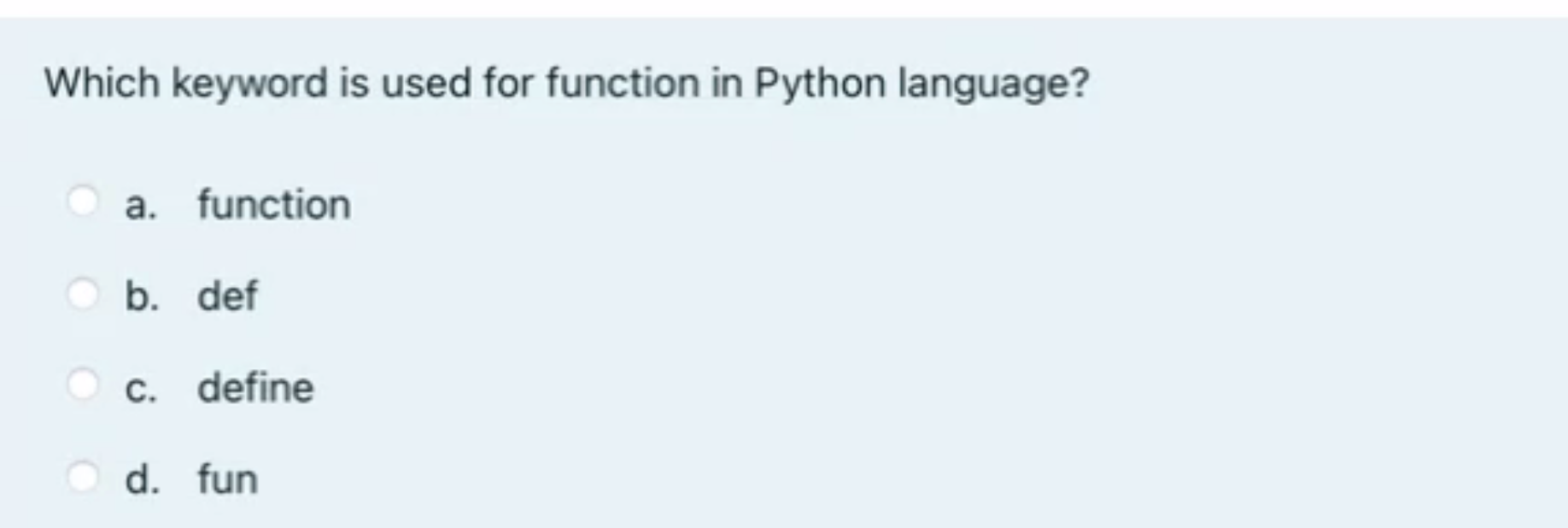
20. 「D」
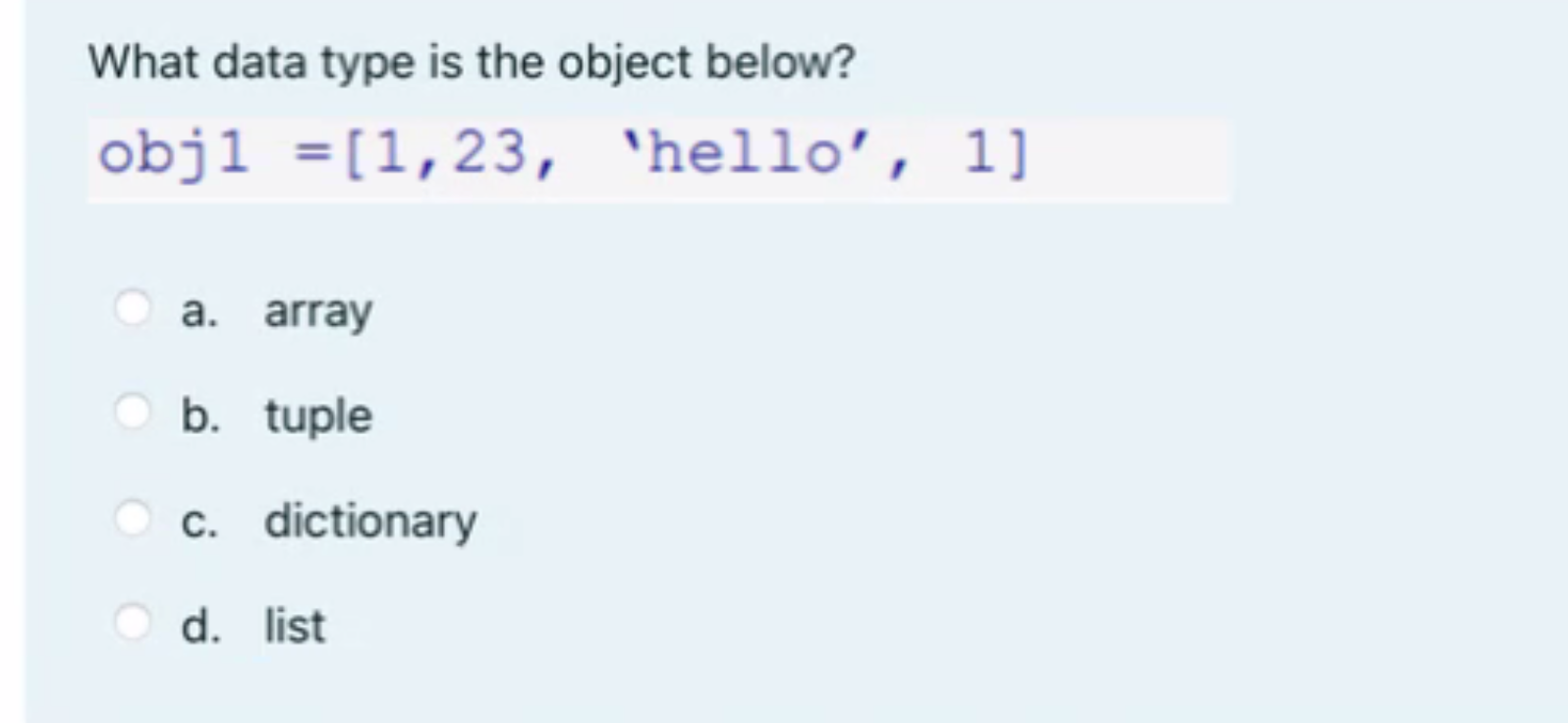
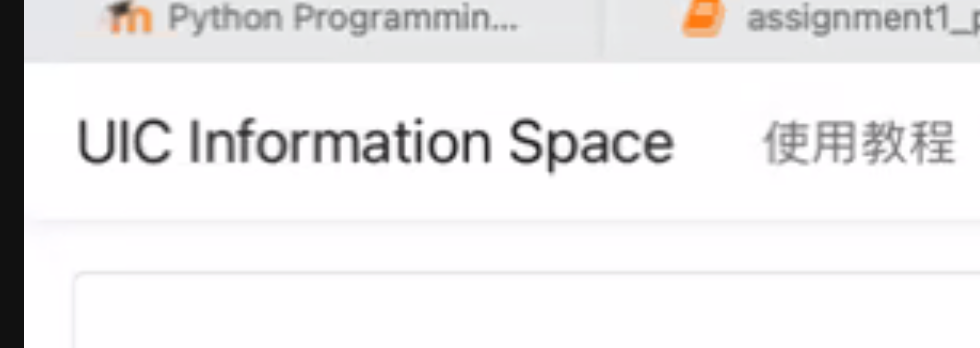
2. Code
This is the Part 2 of your Assignment 1. Together with the Part 1 multiple choice questions on iSpace, it accounts for maximum 10% of the final grade.
这是作业1的第二部分。与iSpace上的第一部分多项选择题一起,它们最多占据期末成绩的10%。
Note
- Write your code after you see
# YOUR CODE HERE「在看到# YOUR CODE HERE后编写你的代码。」 - Read the instruction of each question. You have a limited time to submit: Monday 10 April, 11:00am. Only your last submission counts.「阅读每个问题的说明。你有一个截止提交的有限时间:4月10日星期一上午11:00。只有你最后一次提交的答案会被计入成绩。」
- You should be able to complete the questions within 1 hour (but this is not required now)「你应该能够在1小时内完成这些问题(但现在并非必须)。」
- Copying the solution of other students is forbidden.「禁止抄袭其他学生的答案。」
- For each exercise example, the symbol
->indicates the value the function should return.「对于每个练习示例,符号->表示函数应该返回的值。」 - After the deadline, submission is only possible by email attachment (.ipynb file) to yujiahu@uic.edu.cn. Late submission will be penalized (up to 100%, if late > 48h ).「截止日期后,只能通过电子邮件附件(.ipynb文件)提交给yujiahu@uic.edu.cn。逾期提交将被罚分(如果逾期超过48小时,最高可罚100%)。」
- This assignment will be auto-graded. The auto-grading will check that your answers to the question is correct (or close to be correct). If your submission fails the auto-grade, you will get 0. 「本次作业将进行自动评分。自动评分将检查您对问题的回答是否正确(或接近正确)。如果您的提交未通过自动评分,则将获得0分。」
Question 1
Define the function remove_special(string1) that returns the string1 with the characters ['?', '!'] removed.
定义函数
remove_special(string1),该函数返回删除字符['?', '!']后的string1。
Examples
remove_special("python is such a fun!") -> "python is such a fun"
remove_special("?18?? UIC!") -> "18 UIC"def remove_special(string1):
# YOUR CODE HEREAnswer
def remove_special(string1):
# YOUR CODE HERE
return string1.replace("?", "").replace("!", "")def remove_special(string1):
# YOUR CODE HERE
return string1.replace("?", "").replace("!", "")
print(remove_special("python is such a fun!"))
print(remove_special("?18?? UIC!"))Question 2
Given day of the week encoded as 0 = Sun, 1 = Mon, 2 = Tue, ... 6 = Sat, and a boolean vacation indicating if we are on vacation, write the function alarm_clock(day, vacation).
给定一周的某个
day,其中0 = 周日,1 = 周一,2 = 周二,... 6 = 周六,以及一个布尔值vacation,表示我们是否在度假,编写函数alarm_clock(day, vacation)。
If we are not on vacation, 「如果我们不在度假,」
- on weekdays (Mon-Fri), the function should return a string of the form "7:00"「在工作日(周一至周五),该函数应该返回一个形如"7:00"的字符串。」
- on weekends (Sat and Sun), the function should return a string of the form "10:00"「在周末(周六和周日),该函数应该返回一个形如"10:00"的字符串。」
If we are on vacation,「如果我们在度假,」
- on weekdays (Mon-Fri), the function should return a string of the form "10:00"「在工作日(周一至周五),如果我们在度假,该函数应该返回一个形如"10:00"的字符串。」
- on weekends (Sat and Sun), the function should return a string of the form "off"「在周末(周六和周日),如果我们在度假,该函数应该返回一个形如"off"的字符串。」
Examples
alarm_clock(3, False) -> "7:00"
alarm_clock(6, False) -> "10:00"
alarm_clock(1, True) -> "10:00"
alarm_clock(6, True) -> "off"Answer
def alarm_clock(day, vacation):
# YOUR CODE HERE
if vacation:
if 1 <= day <= 5:
return "10:00"
else:
return "off"
else:
if 1 <= day <= 5:
return "7:00"
else:
return "10:00"
print(alarm_clock(3, False))
print(alarm_clock(6, False))
print(alarm_clock(1, True))
print(alarm_clock(6, True))Question 3
Define the function is_prime(num) to check if given positive integer is a prime number or not. The function returns a boolean True if a number is divisible only by 1 and itself, and returns a boolean False if it is divisible by any other number than 1 or itself. 1 is considered as a prime number. 2 is also a prime number.
定义函数
is_prime(num),用于检查给定的正整数是否是质数。如果一个数仅能被1和它本身整除,该函数返回布尔值True,否则,如果它可以被1或它本身以外的其他数整除,该函数返回布尔值False。1被认为是质数,2也是质数。
Examples
is_prime(7) -> True
is_prime(100) -> False
is_prime(1) -> True
is_prime(2) -> TrueAnswer
def is_prime(num):
# YOUR CODE HERE
if num < 1:
return False
for i in range(2, num):
if num % i == 0:
return False
return True
print(is_prime(7))
print(is_prime(100))
print(is_prime(1))
print(is_prime(2))Question 4
Define the function second_highest(list_arg) that returns the second highest number in the list argument list_arg. The input list has at least two unique numbers.
定义函数
second_highest(list_arg),该函数接受一个列表参数list_arg,并返回该列表中第二大的数字。输入列表至少包含两个不同的数字。
Examples
second_highest([1,2,3,4,5]) -> 4
second_highest([1,2,3,5,5]) -> 3Answer
def second_highest(list_arg):
# YOUR CODE HERE
s = set(list_arg)
numbers = sorted(s, reverse=True)
return numbers[1]
def second_highest(list_arg):
unique_numbers = sorted(set(list_arg), reverse=True)
return unique_numbers[1]
# 测试用例
print(second_highest([1, 2, 3, 4, 5])) # 输出: 4
print(second_highest([1, 2, 3, 5, 5])) # 输出: 3Question 5
Define the function intersect_list(list1, list2) that returns a list whose element are common elements between list1 and list2 without duplicates. You may want to convert list1 and list2 to set first.
定义一个函数
intersect_list(list1, list2),返回一个列表,其中的元素是list1和list2之间的公共元素,且不包含重复元素。你可能需要先将list1和list2转换为集合。
Examples
list1 = [1, 2, 3, 4, 5]
list2 = [5, 6, 7, 8, 9]
intersect_list(list1, list2) -> [5]
list3 = [1, 2, 3, 4, 5, 5, 6, 7]
list4 = [5, 5, 6, 7, 8, 9]
intersect_list(list3, list4) -> [5, 6, 7]Answer
def intersect_list(list1, list2):
# YOUR CODE HERE
set1 = set(list1)
set2 = set(list2)
intersection = set1.intersection(set2)
return list(intersection)
def intersect_list(list1, list2):
# YOUR CODE HERE
set1 = set(list1)
set2 = set(list2)
intersection = set1 & set2
return list(intersection)
# Test cases
list1 = [1, 2, 3, 4, 5]
list2 = [5, 6, 7, 8, 9]
print(intersect_list(list1, list2)) # Output: [5]
list3 = [1, 2, 3, 4, 5, 5, 6, 7]
list4 = [5, 5, 6, 7, 8, 9]
print(intersect_list(list3, list4)) # Output: [5, 6, 7]公众号:AI悦创【二维码】

AI悦创·编程一对一
AI悦创·推出辅导班啦,包括「Python 语言辅导班、C++ 辅导班、java 辅导班、算法/数据结构辅导班、少儿编程、pygame 游戏开发、Web、Linux」,全部都是一对一教学:一对一辅导 + 一对一答疑 + 布置作业 + 项目实践等。当然,还有线下线上摄影课程、Photoshop、Premiere 一对一教学、QQ、微信在线,随时响应!微信:Jiabcdefh
C++ 信息奥赛题解,长期更新!长期招收一对一中小学信息奥赛集训,莆田、厦门地区有机会线下上门,其他地区线上。微信:Jiabcdefh
方法一:QQ
方法二:微信:Jiabcdefh

 0
0 0
0 0
0 0
0 0
0 0
0